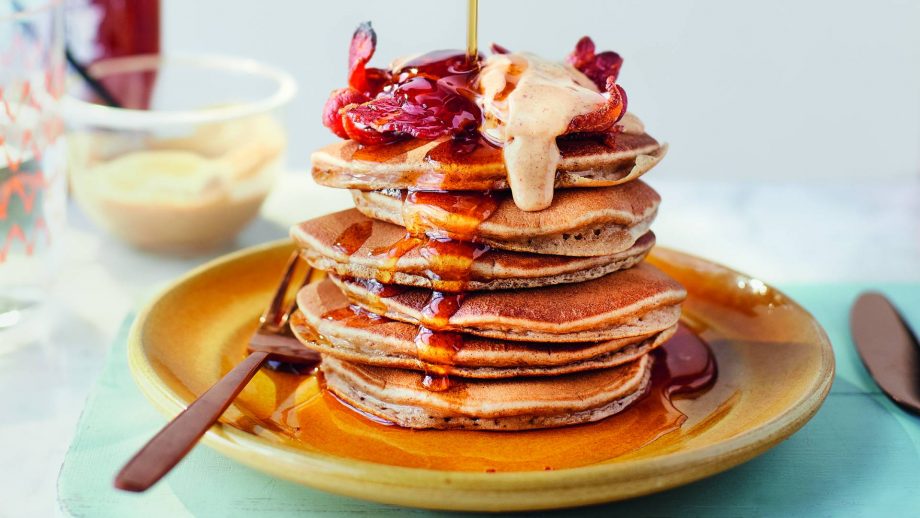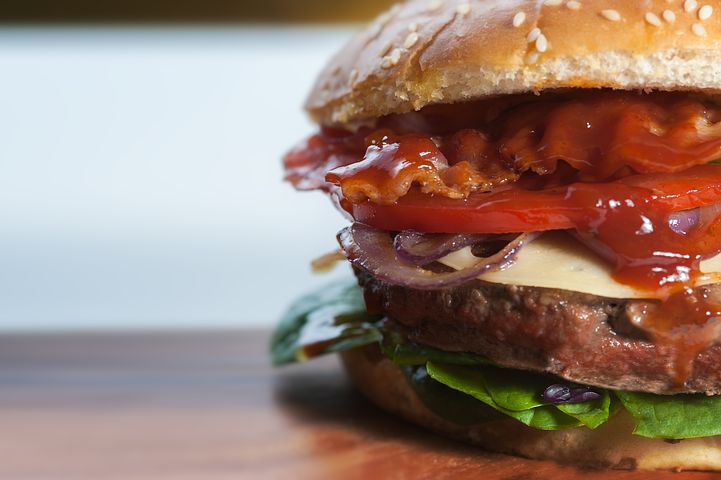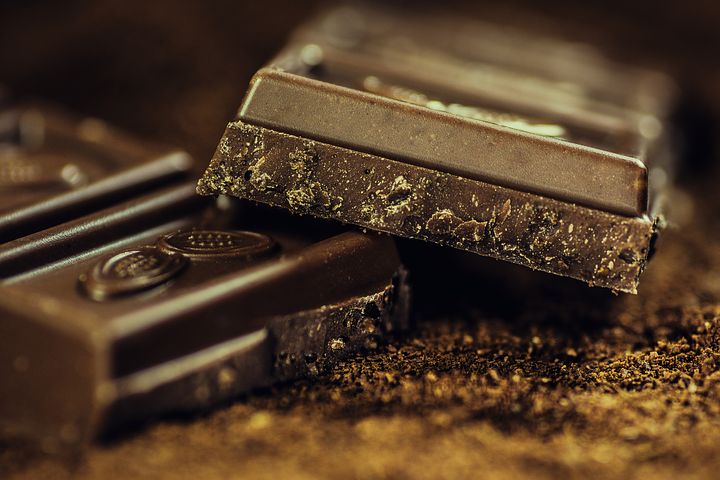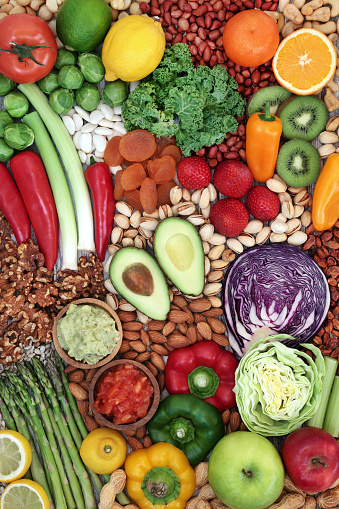When it comes to skincare, it is not a “one size fits all” scenario. What works for person ‘A’ may not necessarily work for person ‘B’. So, some people may insist that whatever worked for them is guaranteed to work for you, while others may try to convince you to use products that you know for a fact aren’t right for your skin. Rather than going in circles buying products that may or may not work for your skin, you might want to directly turn to basic science.

After years of acne research, study has shown that there are six dietary factors that promote acne. They include the following kinds of foods;
- Foods with high glycemic index and those with high glycemic load; these include foods like brown rice syrup, white rice, pancakes, sugary soft drinks, sugary foods, etc.
- Dairy products; ice cream,

- Fast food; burgers and fries
- Lack of raw vegetables

- Chocolate.
Everyone’s skin is different, but if you keep away from these problematic dietary factors and make a point of eating raw veggies, it will likely make a difference
“We know that certain foods and eating patterns can trigger acne……. Food and diet is just one aspect of treatment, especially since genetics and hormone changes play such a big role for some people with acne,” -Rajani Katta, MD.

Additionally, if you’re concerned about prematurely aging, avoid eating foods that will raise your blood sugar levels, as these can lead to “sugar sag,” which is when your skin loses elasticity. So that means limiting added sugars and processed carbohydrates as much as possible.

Now that you know the foods you shouldn’t eat, here are a few suggestions on what you should eat. In addition to raw veggies, cooked vegetables can also help, as can fruits and foods high in fatty acids like salmon. These acne-protective factors can help keep your skin clear and pimple-free.
